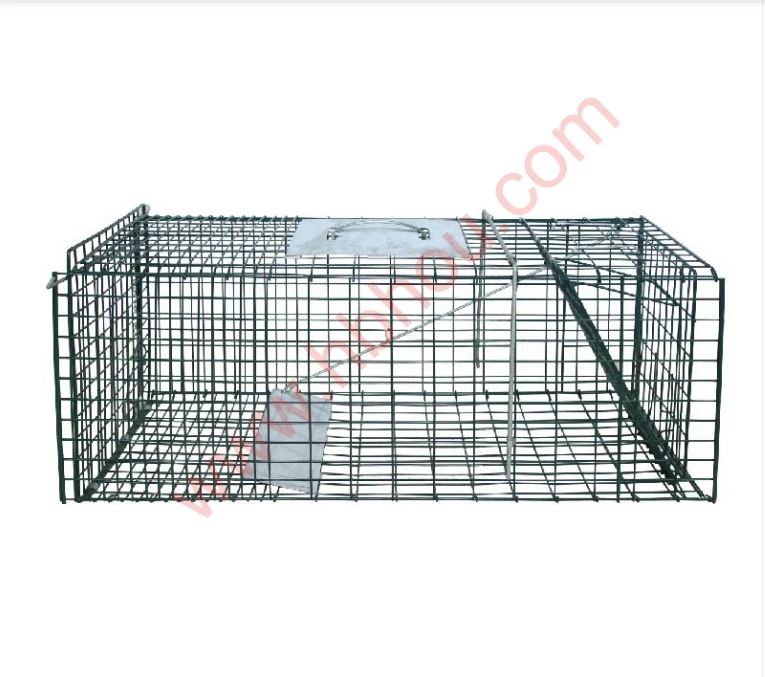Setting Up an Electric Fence for Your Garden
When it comes to protecting your garden from unwanted pests and intruders, an electric fence is one of the most effective solutions available. Not only does it act as a deterrent, but it can also safeguard your hard work and investment in gardening. This article will guide you through the process of setting up an electric fence for your garden, ensuring you take all necessary steps for safety and effectiveness.
Understanding Electric Fences
An electric fence works by delivering a mild electrical shock to anything that comes into contact with its wires. The shock is often startling but not harmful, serving to deter animals such as deer, rabbits, and even smaller pests like squirrels. It's important to note that while electric fences are effective at keeping unwanted wildlife out, they should be used responsibly and with due consideration for your local regulations and animal welfare concerns.
Planning Your Fence Layout
Before purchasing materials, it’s crucial to have a clear plan. Start by assessing the size and shape of your garden. Consider the areas you want to protect and identify entry points where animals may gain access. A well-planned fence layout minimizes material waste and enhances protection efficiency.
It's also advisable to check local zoning laws regarding electric fences. Some areas may have specific regulations concerning their height, visibility, and where they can be installed. Once you have all this information, you'll be ready to gather materials.
Gathering Materials
To set up an electric fence, you’ll need several key components
1. Electric Fence Charger This is the heart of your system, converting standard voltage to a high-voltage pulse. Choose a charger rated for the type and size of your garden.
2. Insulated Fence Posts Choose posts that are durable and can withstand the elements. The height of the posts depends on the animals you are aiming to deter.
3. Electric Fence Wire There are various types of wire available, including polywire, steel wire, or high-tensile wire. Choose one that’s appropriate for your fence design and the animals you want to keep out.
setting up electric fence for garden

4. Insulators These are essential for preventing the electric current from grounding out. They are installed on the posts and hold the wire in place.
5. Grounding Rods Proper grounding is crucial for the functionality of your electric fence. Ensure you have appropriately sized rods based on the length of your fence and soil conditions.
6. Warning Signs Many regions require warning signs to be posted on electric fences. These signs indicate to people and animals that the area is electrified, enhancing safety.
Installation Process
1. Setting Up Fence Posts Start by placing your insulator-attached posts at regular intervals around your garden. Depending on the type of animal, posts should typically be spaced 10-15 feet apart. Ensure the posts are firmly anchored into the ground.
2. Running the Wire String the electric wire through the insulators, making sure to keep it taut without sagging. It’s advisable to have several strands of wire at different heights if you are dealing with various animal types.
3. Connecting the Charger Follow the manufacturer's instructions to connect your electric fence charger to the fence wire. Also, secure the grounding rods according to the guidelines provided for your specific charger.
4. Testing the Fence Once everything is installed, it’s time to test the fence. Use a fence tester to ensure that the current is flowing correctly through the wires. This step is crucial for ensuring your fence will be effective in deterring animals.
5. Post-Installation Maintenance Regularly check your electric fence for any signs of wear and tear. Look for overgrown vegetation that may touch the wires, ensuring it remains free from obstructions.
Conclusion
Setting up an electric fence for your garden can be a rewarding project that significantly enhances your gardening experience. Not only does it protect your plants from wildlife, but it also gives you peace of mind. By carefully planning your layout, gathering the right materials, and following the installation process, you can enjoy a thriving garden free from unwanted visitors. Always remember to comply with local regulations and prioritize safety as you embark on this project. Happy gardening!
















